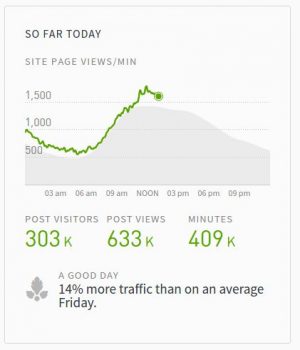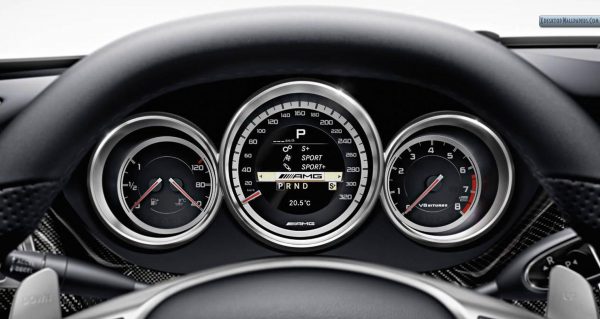Getting where you need to go: Why companies need to marry data and strategy
Over the last several years, real-time dashboards have become a standard feature in media companies. Indeed, among our clients, the most viewed screen within Parse.ly is our real-time “Overview” dashboard.
Real-time data helps uncover when something is taking off. It helps creators participate directly in conversations happening about their articles and stories. It gets teams excited about the day-to-day interaction. Real-time data pairs well with the fast changing nature of newsrooms that need to make decisions on the fly.

However, I often I find myself cautioning clients that it shouldn’t be the only thing they look at. I want to make sure that everyone has a chance to hear why:
Confusing how content is doing with how we decide what to do can be a fatal mistake.
Data efforts need to paired with analysis and strategy to actually make an impact. Here’s a good way to think about each.
How things are doing right now: Your speedometer
Is the thirst for real-time data new? Not really. You may be surprised to learn that you’ve been working with real-time data since you were a teenager.

You probably used the speedometer in your dashboard to understand how speed affected any actions you decided to take in your vehicle. You learned how you take curves, how you avoid getting a ticket. For those of us who learned to drive before Waze, how to arrive at our destination on time.
Likewise, knowing which stories are getting read, right now, means that you understand the momentum each has. Real-time dashboards help you internalize metrics so you know right away how a post is trending. And much like when I hit the top speed in my convertible (which was 85 mph), it’s exciting to see that dashboard climb higher and higher.
Where you need to go: Your map, TripAdvisor, Waze.
However, if you were planning a road trip instead of a joy ride, would the speedometer be the only information you looked at?
Building and maintaining revenue through content takes more than speed, it takes knowing where you want to go, a plan on how to get there, and an ability to measure whether you’re following that plan. (If you really want me to extend this metaphor: picking a place to go by researching on TripAdvisor, deciding when to leave using Google Maps ahead of time, and tracking your progress on Waze.)
In the same way, looking at what’s happening right now doesn’t give you any deeper insight or information on if what you’re doing is actually having a bigger impact. Weekly reports showing changes in audience loyalty or engagement does this. Long-term analysis of reader habits does this. Comparing your site to the wider market on a regular basis does this.
Dan McKinley, an engineer at Stripe, formerly of Etsy wrote about the dangerous appeal of real-time analytics, he points out:
“Confusing how we do things with how we decide which things to do is a fatal mistake.”
Which is where my version came from: Confusing how content is doing with how we decide what to do with content can be a fatal mistake.
While you can use real-time data to super-power your reactions, it falls short when it comes to building and maintaining successful strategies. It also imposes the “breaking news” speed of work onto what should be something of a focused effort. As McKinley adds at the end of his post, “Analysis is difficult enough already, without attempting to do it at speed.”
You’ve reached your destination
In order of difficulty, picking the place you need to get to tends to be the hardest. And it takes a long time to see the results of actions. This is as true of my own company as it is of our clients.
As Sara Fischer wrote in “Media’s digital efforts pay off,” successes like the New York Times’ subscriber growth and Turner’s web-service monetization didn’t happen overnight, and they didn’t come without pain points.
“Companies that began publicly planning for the digital transformation of their business 6 years ago are beginning to see their efforts pay off.”
Is it any surprise that we often focus on the easiest aspects when we can instead? Going the right speed. Looking at a map. These things can be controlled. But they won’t get you where you need to be if you don’t know where you’re going.
The best companies have every person and system working in alignment towards a long-term objective. They have a strategy based on analysis but also inspiration. They do on-going analysis of whether or not they’re on track to reach their goals associated with that strategy. They map out day-to-day operations using real-time data to make decisions. With any of these pieces missing, success becomes harder and harder to achieve.
It’s the route I plan on taking with Parse.ly, and I hope to see our clients on road beside us.